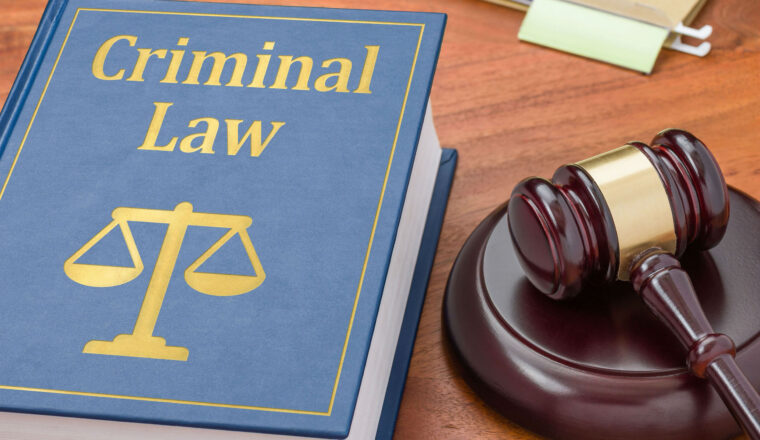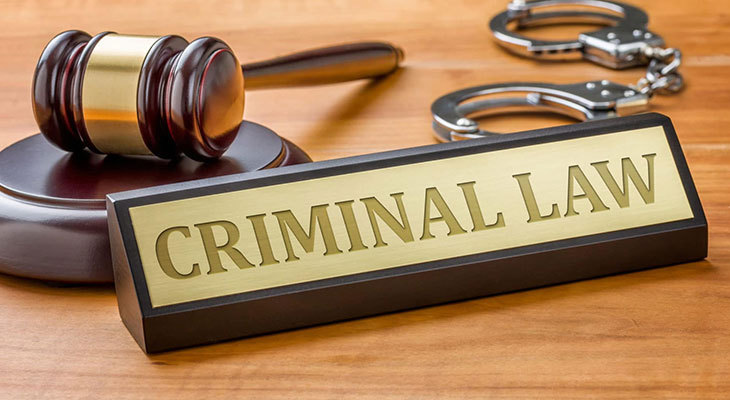The Canadian legal system may seem complex, but understanding its basics is crucial for anyone interested in law or facing legal issues. This article focuses on criminal law in Canada, which governs actions that society considers harmful or threatening. We’ll look at sources of law, types of offenses, court processes, and more to give you a comprehensive view of how criminal law works in Canada.
Sources of Criminal Law in Canada

Canada follows a tradition of law known as “Common Law,” except for the province of Quebec, which follows Civil Law. Common Law evolves from case decisions made by judges, whereas statutes, which are laws enacted by a legislative body, also contribute to criminal law. The main source of criminal law in Canada is the Criminal Code. It outlines what constitutes a criminal offense and the procedures for prosecuting these offenses. A criminal lawyer is highly recommended for these offenses.
Categories of Offenses
In Canada, offenses fall under three main categories: summary, indictable, and hybrid. Summary offenses are less severe and usually result in lower fines and shorter jail terms. Indictable offenses are more serious and can result in longer jail terms. Hybrid offenses can be prosecuted as either summary or indictable, depending on factors like the severity of the act and the offender’s history.
Arrest and Detainment

If you get arrested in Canada, the police must tell you why they’re arresting you and inform you of your right to contact a lawyer. After arrest, the police have the option to release you or bring you before a judge. If they decide to detain you, a bail hearing takes place to determine if you’ll stay in custody until your trial.
The Court Process
After an arrest, if the case proceeds to trial, it will go through various stages. These include the first appearance, disclosure, plea negotiations, trial, and sentencing. During the first appearance, you’re formally charged. Disclosure is when the prosecutor provides evidence to your defense team. Plea negotiations may occur to reach a deal that avoids a trial. If a trial occurs, both sides present evidence, and a judge or jury determines guilt or innocence. If found guilty, sentencing occurs, and penalties like fines or imprisonment may apply.
Legal Representation

In Canada, everyone has the right to legal representation. You can hire a lawyer or, if you can’t afford one, you may qualify for Legal Aid. It’s crucial to have legal representation to guide you through the complexities of the legal system and to ensure that your rights are protected.
Public Perception and Criticism
While many view the Canadian legal system as fair, it also faces criticism. Some argue it’s biased against minorities and economically disadvantaged individuals. Organizations and activists work to address these issues and promote changes to make the system more equitable for all Canadians.
Role of Judges and Juries

Judges and juries play critical roles in the Canadian criminal justice system. In less serious cases, a judge alone will often hear the case and make a ruling. For more serious offenses, you may have the option of a trial by judge alone or by judge and jury. Judges interpret and apply the law, while juries are responsible for determining facts and deciding guilt or innocence based on those facts.
Conclusion
The Canadian criminal law system is complex, with numerous stages and actors involved from the moment of arrest to potential appeal. It operates under the broad categories of summary, indictable, and hybrid offenses, and includes specialized frameworks for youth offenders and options for parole and probation.
While generally considered robust and fair, the system does face criticism, particularly around issues of equity and representation. Ongoing reforms aim to address these concerns and adapt to new challenges. Understanding these basics equips you to better navigate the system, whether you’re
